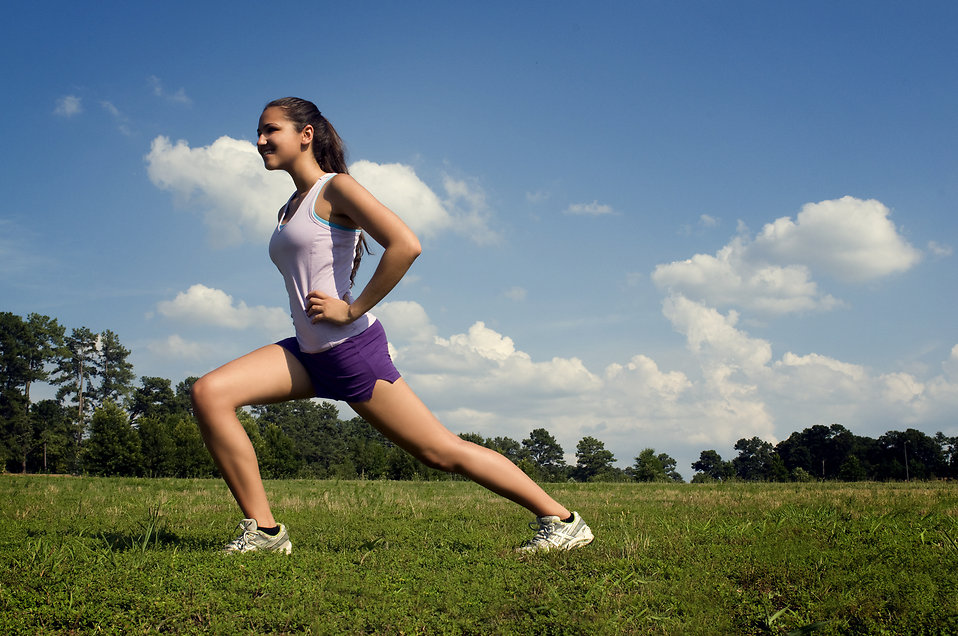Exercising Strengthens the Bones
The immense benefits of exercising aren’t limited to getting rid of extra pounds, ensuring the right functioning of the cardiovascular system and building lean muscles. Engaging in exercising on a regular basis has a beneficial influence on the bones as well.

The bones require nourishing for optimal health, as they’re living tissues inside the body. A diet rich in essential nutrients such as calcium, magnesium, vitamin D, phosphorus, and protein is one of the numerous things you could do for keeping your bones in optimal shape. But we shouldn’t leave out exercising!
Contents
Exercising maintains your bones healthy and vigorous
Typically, any form of physical exercise can be conveyed as a workout for your bones. They are continuously build up and broken down. Undoubtedly, you should focus on building muscle; otherwise, serious problems regarding your bone system may emerge, such as osteoporosis, and fractures. By putting time aside for regular exercising, you contribute to growing your bone density, making the entire system healthy and less likely to develop various conditions.
In fact, osteoporosis and fractures are commonly met, and they go hand in hand, particularly for elderly people. Experts inform us that nearly 50 percent of women and 25 percent of men above 50 years old are likely to suffer from fractures determined by osteoporosis. Therefore, it’s great staying informed and knowing that exercising is a great habit that can significantly reduce the risks of experiencing fractures after a certain age.
Hence, any exercise you prefer is excellent. When it comes to muscle-strengthening routines, stretching, and weight bearing cardiovascular exercises, the benefits are endless. Health specialists recommend working out at least thrice a week; a session should last up to 60 minutes.
Cardiovascular exercises – what’s best for you?
Cardiovascular exercises can vary in impact, from low to high. In spite of the level, these activities contribute to stimulating the bones, presenting numerous health advantages. Nonetheless, each has a set of pros and cons you should get acquainted with.
High-impact exercises are recognized as physical activities that depend on the involvement of the skeletal system such as the hips, knees, and spine. Such exercises include jogging, running, tennis, jumping rope, and dancing. Other high-impact sports are basketball and soccer.
The main advantage to these exercises is that they are ideal for increasing bone density. That leads us to the other question – what’s the con? High-impact activities grow the risks of suffering from injuries. If you are prone to accidents such as falls and fractures, then, this may not be the form of exercise for you.
On the other side, low-impact exercises are equally beneficial for building bone density. Activities such as biking, walking, swimming, water aerobics, golf, step aerobics, low-impact aerobics, elliptical trainer and so on are readily available, and the risks are significantly lower.
Nonetheless, we cannot deny the fact that low-impact exercises don’t come with advantages as astounding as high-impact activities, particularly concerning jolting the skeletal system. Even so, regular exercising can do marvels for your health, in spite of the option you prefer best, and that’s what counts the most.



